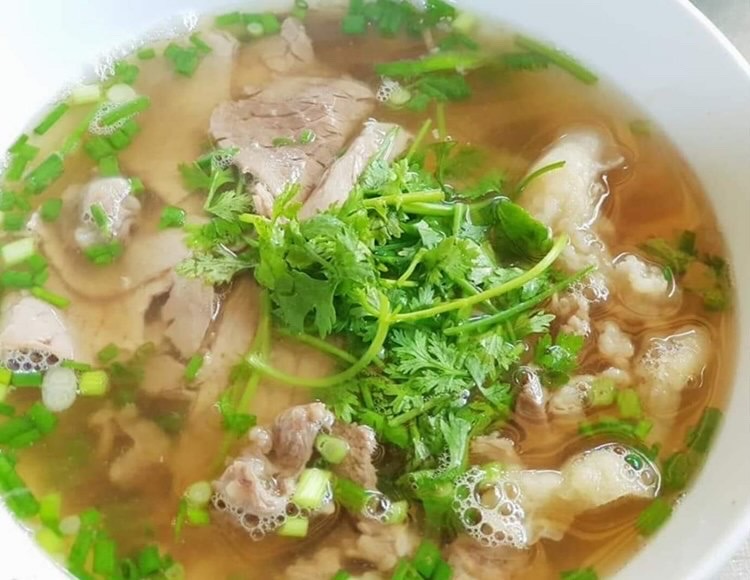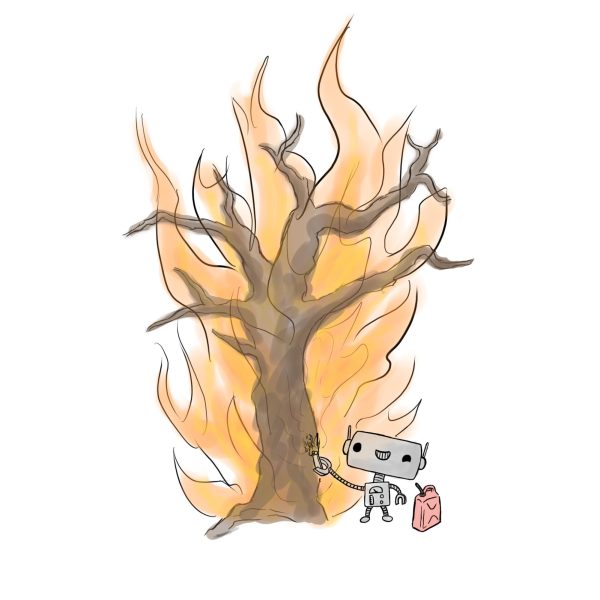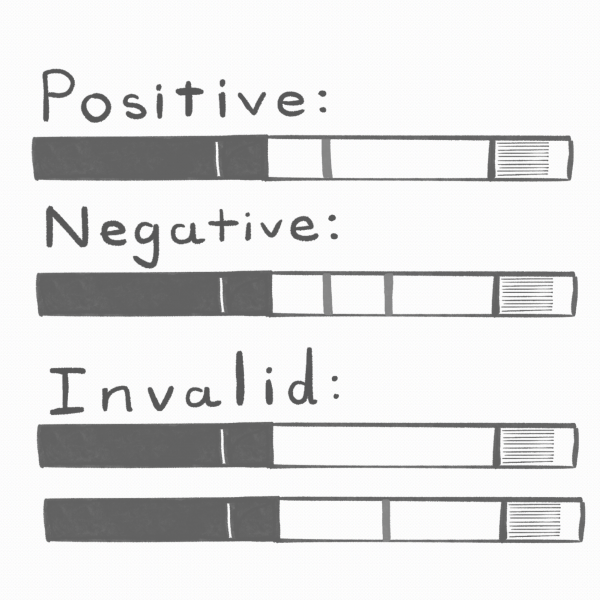You are what you eat: Looking at Vietnamese food as preservation of culture
When I was six, I would walk across the street every Saturday morning towards metal carts with pots of steaming broth, fresh noodles, warm baguettes and fragrant herbs. Greeting the vendor with a familiar grin, I plopped down and happily devoured the noodle soup. That’s one of my favorite memories as a little kid.
A never-ending stream of rain and mopeds on unpaved streets, a never-ending stream of faces in the crowd, and a gathering of faces I loved around a rickety table. In the middle of the table: piping hot bowls of phở, wrappers from bánh mì (baguettes), or plates of bánh xèo (savoury pancakes). Congested streets and stuffy air faded away, defeated by the sublime dishes cooked right outside the vendors’ houses and diffused with the same dedication and love they put into meals for their own families. That’s one of the charming phenomenons of my home country that I miss most being an international student. “Street food” was almost synonymous with home-cooked food. There, at the intersection of crossroads, lies the intersection of my life with those I loved and those I would meet and come to love. The wobbly plastic stools, the smoke from vehicles — it wasn’t fine dining in the slightest, but the memories that those dishes gifted me is something I would never trade, not even for the finest gastronomy in the world.
Phở. I don’t believe this requires much of an explanation; it is the one dish that flashes in our minds at the mention of Vietnamese cuisine. There’s no doubt that it is one of — if not, the — quintessential Viet comfort food. Nothing quite compares to the contentment brought by hot broth warming up your throat, satisfying slurps of chewy noodles and bright notes of sweet herbs.
Bánh mì. The ultimate Vietnamese “fast food.” Baguettes filled with barbecued or cold meats, generously lathered with sauces and liver paste and stuffed with pickled carrots, daikon and cilantro. The salty-sweet combination of thick cuts of protein and tangy veggies on buttery toasted bread.
Bánh xèo. Literally, “sizzling cake.” Shrimp or pork, bean sprouts, mung beans and herbs wrapped in crispy rice batter. Vietnamese pancakes or crepes are bound to satisfy the savoury breakfast cravings.
These foods that bring back memories of my childhood are native to Vietnamese culture, but all three are widely imprinted with French influences. As Vietnam was once colonized by France, aspects of French culture have left their mark on Vietnam’s, such as the language and, of course, the cuisine. French roots are even embedded in phở’s name. The dish is pronounced “fuh,” almost exactly like the French word feu in pot-au-feu (“pot-on-fire”), which references the French dish that requires an extended amount of time to stew and boil bone broth to arrive at the same deeply aromatic flavor iconic in phở. Bánh mì, meanwhile, became a classic in using some of France’s cuisine: the baguette and liver pâté. And bánh xèo is quite literally the Vietnamese version of the thin French crêpe, but with savoury fillings. These foods, these emblems of Vietnamese cuisine, in fact nest emblems of another culture. The realization strikes me every time, serving as a reminder of the extent of colonization and its everlasting effects. Although I have left Vietnam, I am ironically almost a product of that cultural colonization and influence — a reflection of the very dishes I adore.
Now, at Vietnamese restaurants in Texas, where heat and intensity permeate the air, I grimaced at broth from packaged containers, leftover mushy noodles and week-old bread. Gone was the vibrant street life, gone was the time loved ones spent together. Everything became entangled in the whirlwind of work and school. As I sit around tables with friends and professors, laughing and conversing as we savor heavenly hot pots, vermicelli bowls or even boba tea, I am reminded of the power of food to bring people together, to establish or strengthen our relationships with one another and to create experiences and memories. In the end, “we are what we eat” — and who would we be without our memories, experiences and connections?

I am a native of Hanoi, Vietnam, and spent part of my childhood in Bangladesh and Cambodia. I am a senior majoring in Piano Performance and Communication,...











